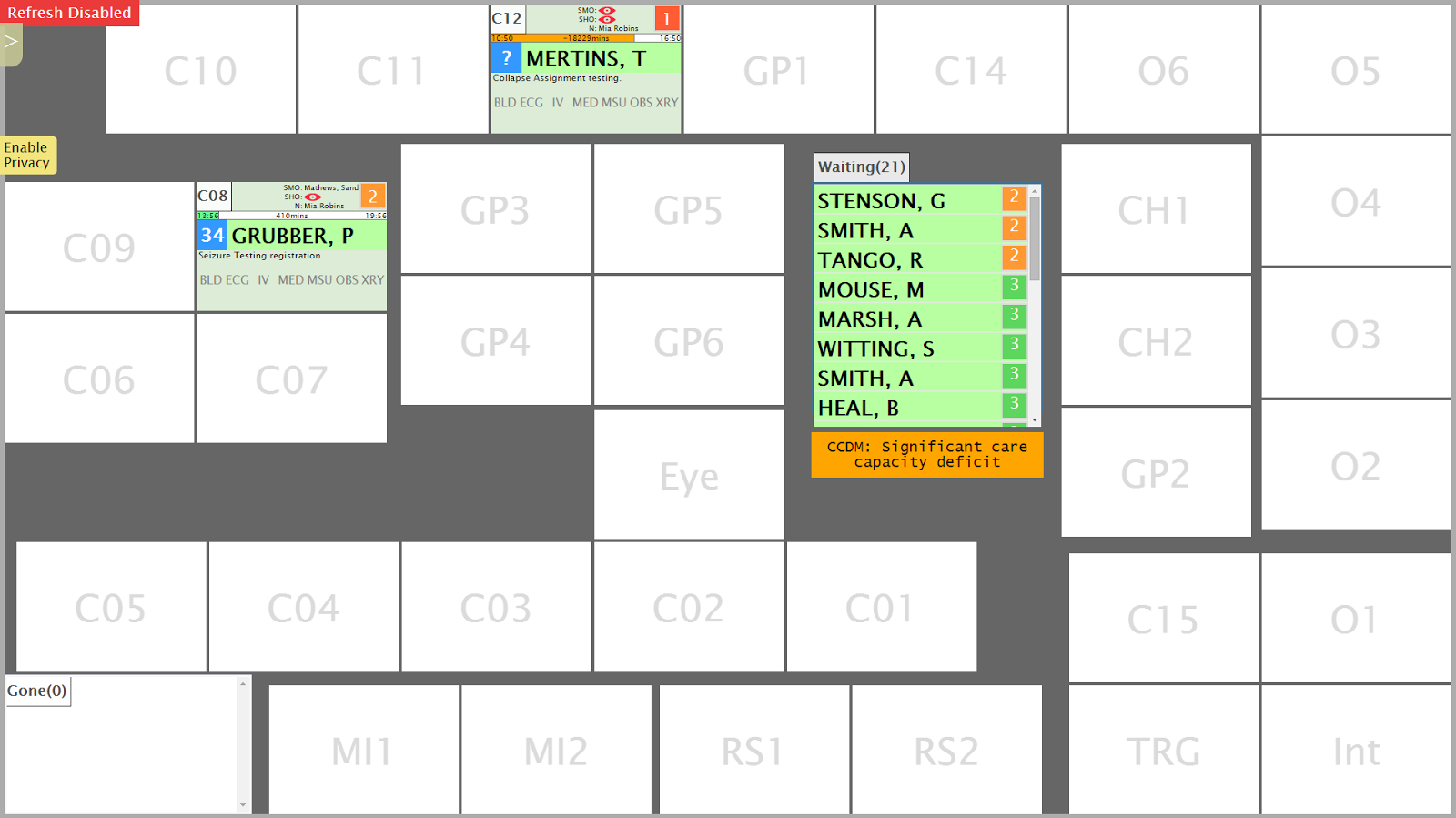determine WebPAS message type;
In MSH segment check the 9th field, this is meant to contain
<message type (ID)> ^ <trigger event (ID)>
(see https://www.hl7.org/documentcenter/public_temp_B5A64101-1C23-BA17-0C953B25BD420909/wg/conf/HL7MSH.htm)
our PAS is a knob and has it like this instead:
Message
|
Description
|
Message Type
|
A01
|
Admit a Patient
|
ADT^A01^ADT_A01
|
A02
|
Transfer a Patient
|
ADT^A02^ADT_A02
|
A03
|
Discharge a Patient
|
ADT^A03^ADT_A03
|
A05
|
Pre-admit a Patient
|
ADT^A05^ADT_A01
|
A08
|
Update patient Information
|
ADT^A08^ADT_A01
|
A11
|
Cancel Admit
|
ADT^A11^ADT_A09
|
A12
|
Cancel Transfer
|
ADT^A12^ADT_A12
|
A13
|
Cancel Discharge
|
ADT^A13^ADT_A01
|
A14
|
Pending Pre-Admission
|
ADT^A14^ADT_A01
|
A21
|
On Leave
|
ADT^A21^ADT_A02
|
A22
|
Return from Leave
|
ADT^A22^ADT_A02
|
A27
|
Cancel Pending
Pre-Admission
|
ADT^A27^ADT_A02
|
A28
|
Add Person Information
|
ADT^A28^ADT_A28
|
A31
|
Update person Information
|
ADT^A31^ADT_A01
OR
ADT^Axx^ADT_01 when using
alternate “A” message
|
A34
|
Merge Person Information
(Patient ID Only)
|
ADT^A34^ADT_A30
|
A44
|
Change U/R for a Visit
|
ADT^A44^ADT_A43
|
M02
|
Practitioner Message
|
MFN^M02^MFN_M02
|
S12
|
Notification of New Appointment Booking
|
SIU^S12^SIU_S12
|
S14
|
Notification of Appointment Modification
|
SIU^S14^SIU_S12
|
S15
|
Notification of Appointment Cancellation
|
SIU^S15^SIU_S12
|
Just check the first two fields. The second appears to indicate the event that raised the message, for example admitting someone in PAS (admission event = A01) may send out:
preadmit message ADT^A05^ADT_A01
then update patient info ADT^A31^ADT_A01
then admission message ADT^A01^ADT_A01
The ADT events we mostly care about:
A01 Admit / visit notification
A02 Transfer a patient
A03 Discharge/end visit
A04 Registration (e.g. ED visit where not admitted)
A05 Pre-admit a patient
A08 Update patient information
A18 Merge patient information
A19 QRY/ADR - Patient query
A31 Update person information
A34 Merge patient information - patient I
full list


























